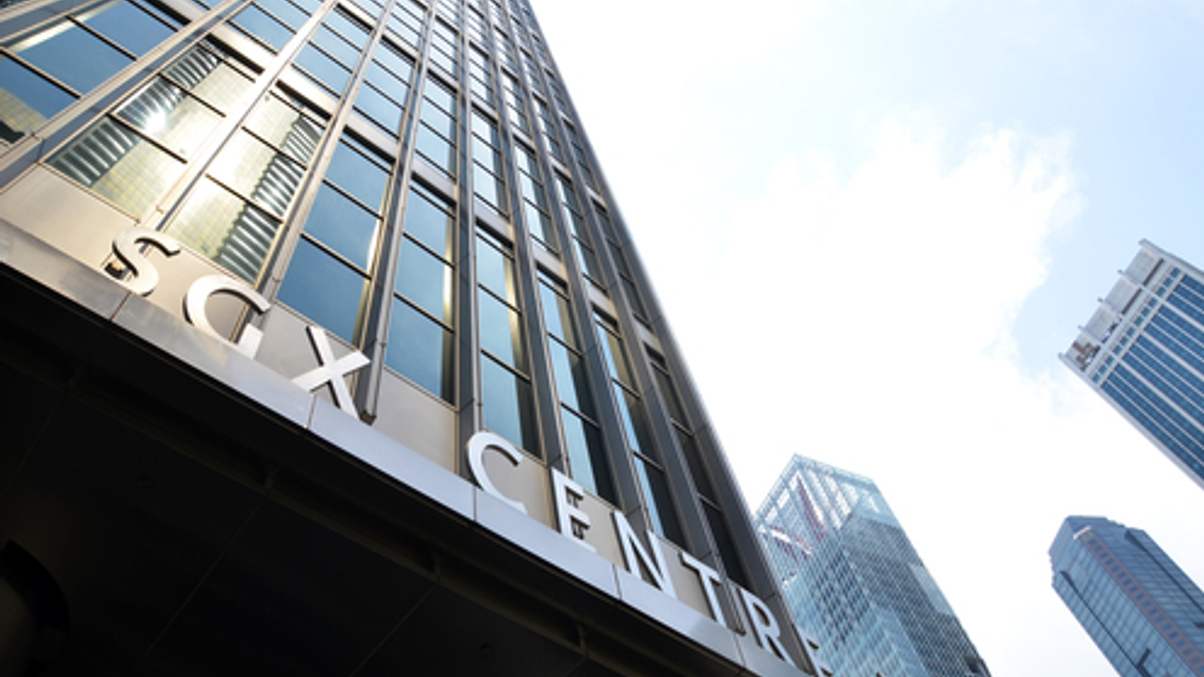SGX says L&I ETFs will launch this year
After an initial lack of asset manager interest in listing leveraged and inverse exchange-traded funds in Singapore, the local bourse expects the first products to arrive in 2017.

Singapore Exchange (SGX) is to see its first leveraged and inverse (L&I) exchange-traded funds listed in 2017, as asset managers mull which underlyings to offer, said Luuk Strijers, head of equity and fixed income products at the bourse.
Sign In to Your Account
Access Exclusive AsianInvestor Content!
Please sign in to your subscription to unlock full access to our premium AI resources.
Free Registration & 7-Day Trial
Register now to enjoy a 7-day free trial—no registration fees required. Click the link to get started.
Note: This free trial is a one-time offer.
¬ Haymarket Media Limited. All rights reserved.


